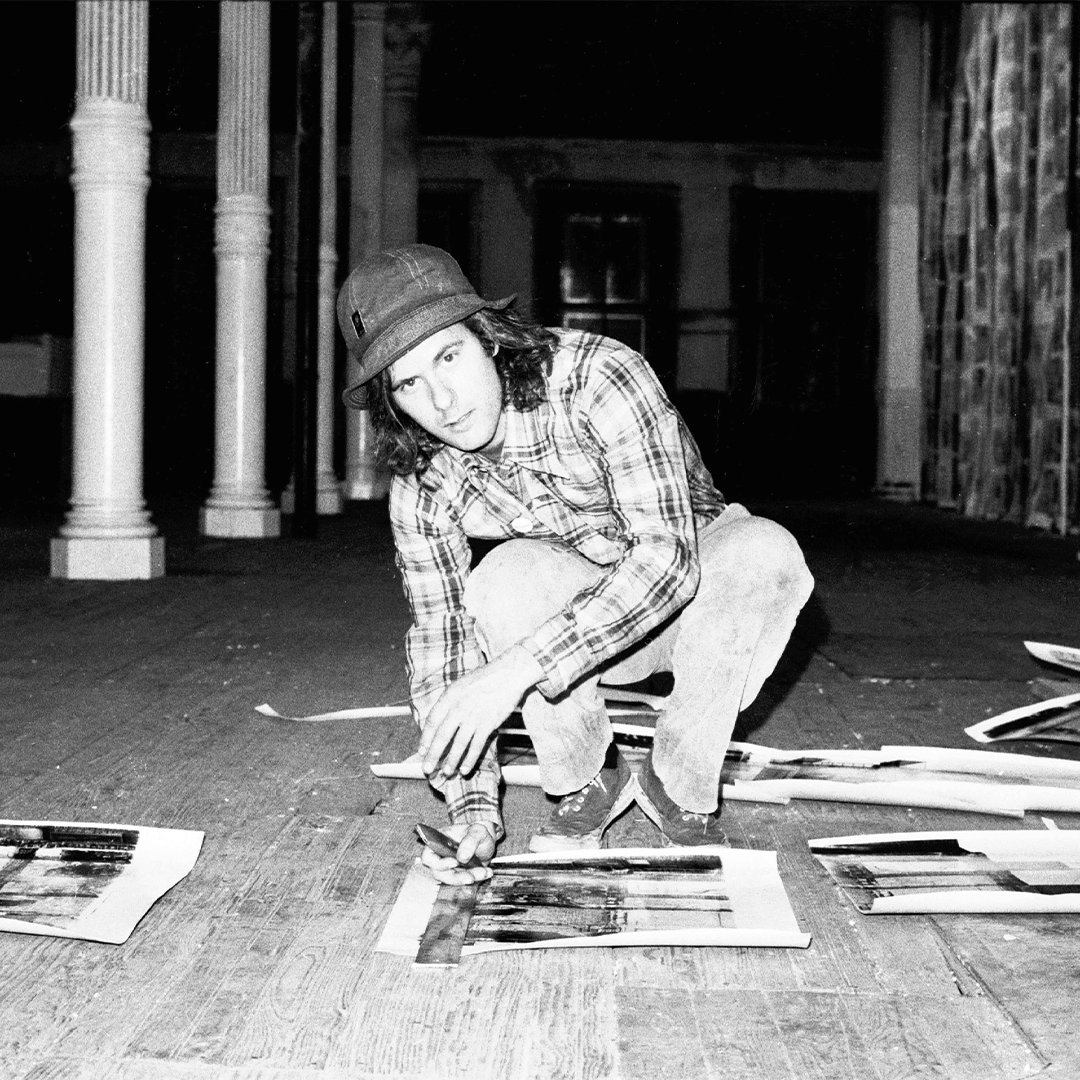SEARCH THE ENTIRE SITE

Gordon Matta-Clark
ArtistA central figure of the downtown New York art scene in the 1970s, Gordon Matta-Clark pioneered a radical approach to art making that directly engaged the urban environment and the communities within it. Through his many projects—including large-scale architectural interventions in which he physically cut through buildings slated for demolition—Matta-Clark developed a singular and prodigious oeuvre that critically examined the structures of the built environment. With actions and experimentations across a wide range of media, his work transcended the genres of performance, conceptual, process, and land art, making him one of the most innovative and influential artists of his generation.
Matta-Clark’s work is represented in prominent public collections, including The Metropolitan Museum of Art, New York; Museum of Contemporary Art Chicago; Museum of Contemporary Art, Los Angeles; The Museum of Modern Art, New York; Museum van Hedendaagse Kunst Antwerpen, Antwerp; San Francisco Museum of Modern Art; Smithsonian American Art Museum, Washington, DC; Solomon R. Guggenheim Museum, New York; Stedelijk Museum, Amsterdam; and the Whitney Museum of American Art, New York. The Gordon Matta-Clark Archive is held at the Canadian Centre for Architecture in Montreal, and includes the artist’s personal correspondence, notebooks, drawings, photographs, slides, films, as well as other archival material documenting his life and work.
Gordon Matta-Clark was born in 1943 and died in 1978.
